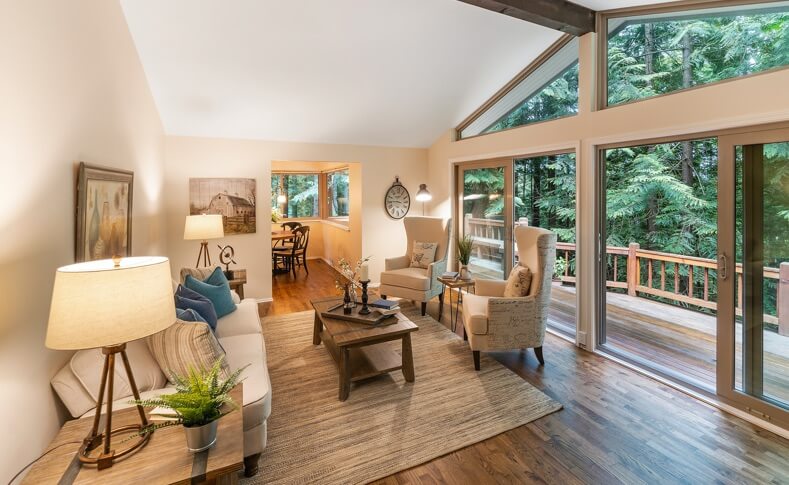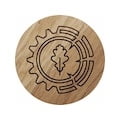Drewno lite
niepowtarzalne z wyglądu, przyjemne w dotyku a przede wszystkim naturalne.

Błąd: Brak formularza kontaktowego.
Jesteśmy producentem mebli z litego drewna dębowego.
RaWood
Meble tworzymy z pasją, doświadczeniem i zamiłowaniem do designu. Dostosowujemy każdy mebel na potrzeby Klienta.

